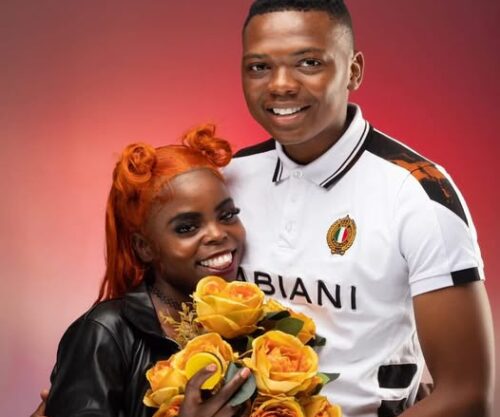
The Invitation Said Free Drinks; The Menu Didn’t
When South African content creator Grace Mondlana hosted her year-end celebration, her guests assumed one thing: the drinks would be on the house. Instead, they were met with a printed menu charging R300 for ciders such as Savanna and Ice Tropez, R300 for Corona beers, R800 for Tanqueray, and a staggering R1 800 for Julio.
It didn’t take long for the details to hit social media and ignite a wave of chatter across X (formerly Twitter), Facebook, and Instagram. Many attendees voiced surprise and frustration, saying they felt misled by the event’s “free-bar” vibes.
Social Media Speaks Loudly
On X (formerly Twitter), the conversation ranged from laughs to serious critique. One user asked whether the party came with a “tap-and-go wallet,” while others claimed they’d assumed the drinks would be included. On Facebook comments, some influencers attending the event posted photos of the menu and wrote things like “Apparently not everything was free” and “R300 for a Corona? I thought they were getting alcohol free.”
The speed at which the menu went viral speaks to how South Africans feel about hospitality, value, and transparency. The word on the timeline suggests that when the bar menu doesn’t match the promise, trust takes a hit.
A Cultural Snapshot of Expectation and Value
In South Africa, year-end functions often come with expectations of indulgence and generosity—especially when a well-known influencer is hosting. Free-flowing drinks have become part of the messaging even before an invite drops. That’s why when the printed price list appeared, it wasn’t just about cost—it was about alignment between message and reality. It’s a reminder that for many locals, going to a party means relaxing into the host’s treat.
Reading Between the Lines
Here’s a fresh angle worth considering: This fallout isn’t solely about price tags—it’s about perception. Grace Mondlana is clearly investing big in her celebration and making a spectacle that draws attention. Charging premium drink prices at such an event can be seen as a business move, part fanfest, part commerce. But the disconnect happened because the event’s tone said “free” while the menu said “pay.”
In that gap lies the lesson for influencers, brands, and guests alike: Always align expectation and experience. If the invite opens with “come have fun on us,” then the bar should match. If the event is a paid experience, the portrayal should reflect that.
This obese/ugly narcissist charged her clowns R300 for ciders and beer🤣🤣🤣
What kind of party is this? Is this a money laundering scam? pic.twitter.com/j27xgLbT9i
— Norma Kay (@realnorma_kay) November 9, 2025
What It Means Going Forward
For the host, this moment becomes a chance to adjust perception and clarify what’s on offer next time. For attendees, it’s a reminder to ask the right questions before RSVPing—“Is the bar part of the deal or am I paying?” For the wider culture, it highlights how social media holds even glamorous events to public value standards: transparency, consistency, and honesty.
Grace Mondlana’s year-end celebration might have started with confetti and high expectations, but what it ended up sparking was a broader discussion on cost, communication, and the influencer economy in South Africa. Whether you were fine with the price list or felt blindsided, one thing’s clear: the community saw something, and they spoke.
Source: Briefly News
Featured Image: News24




